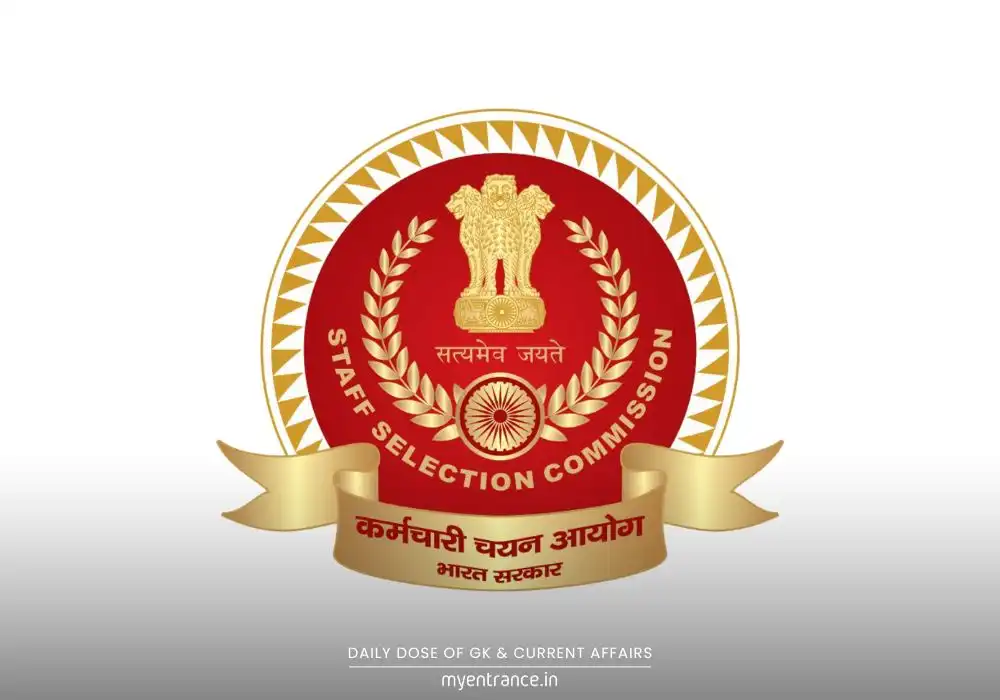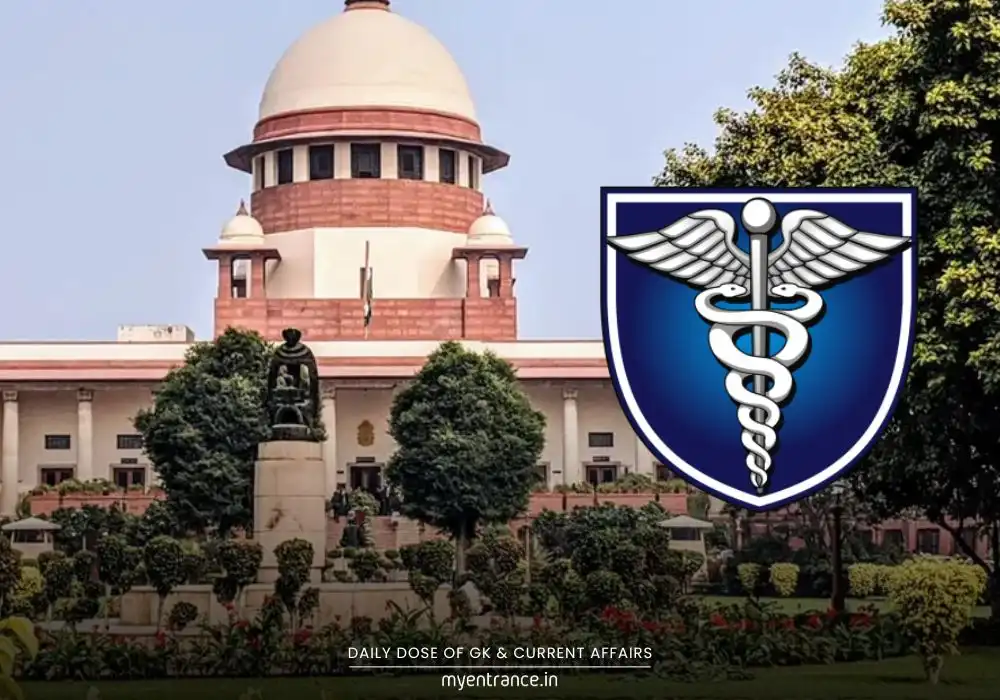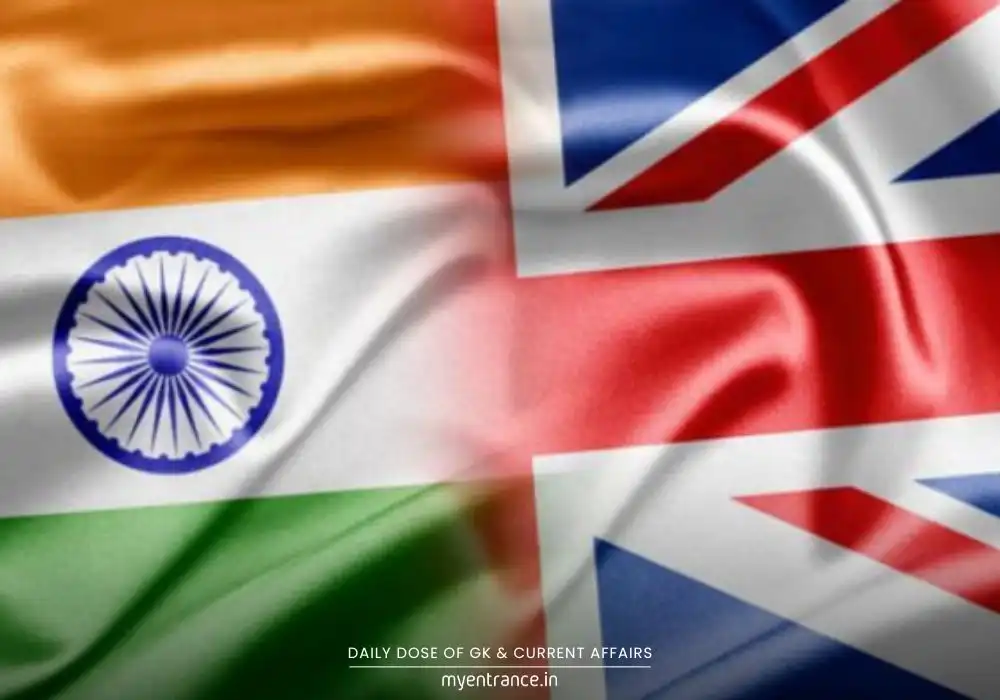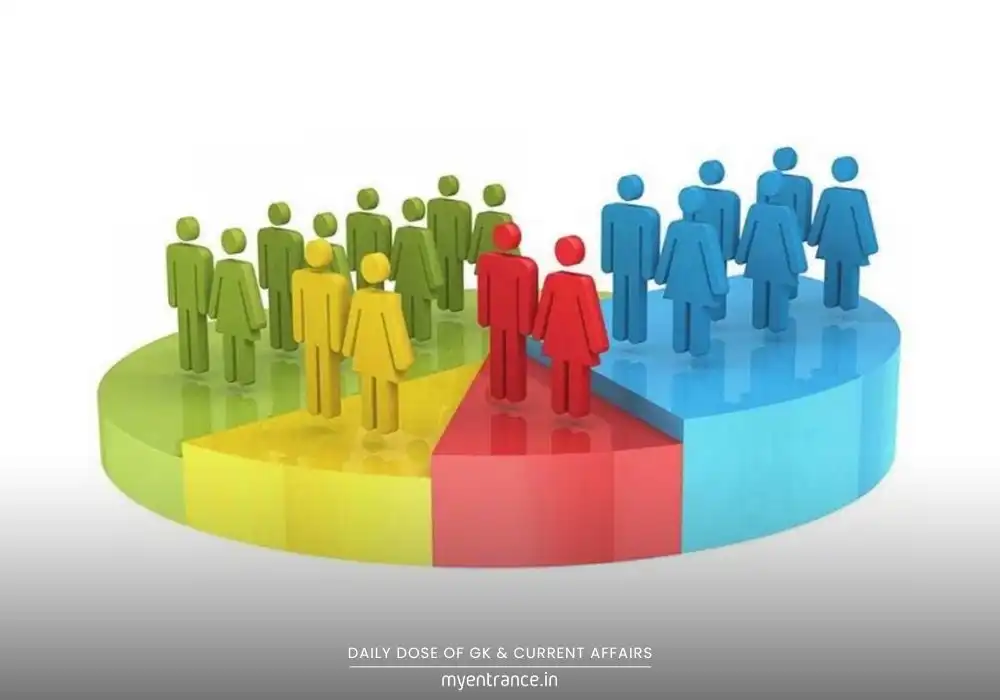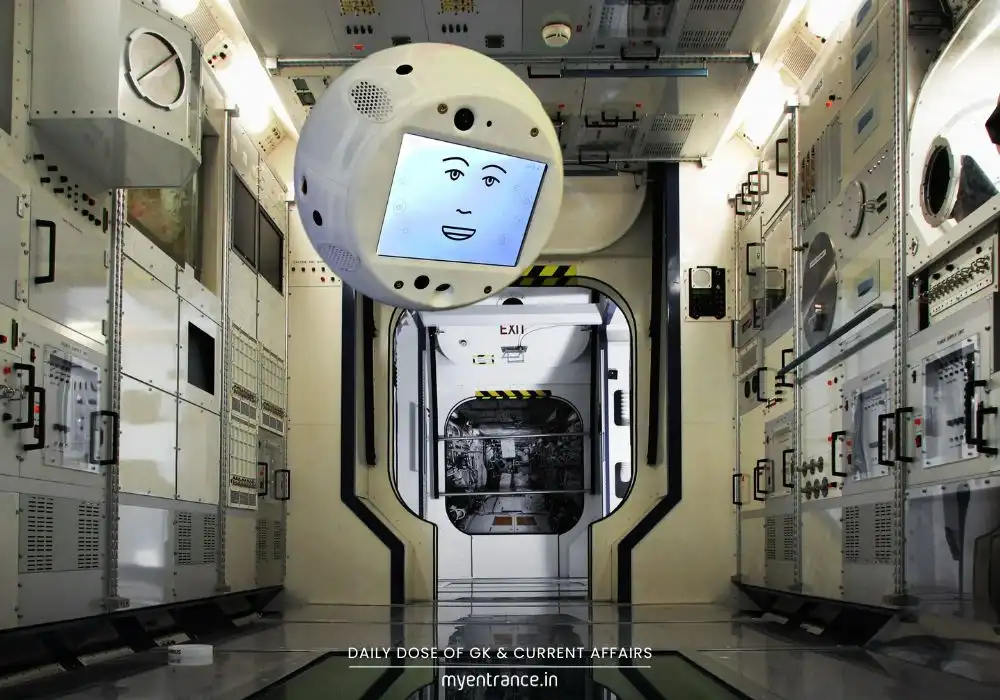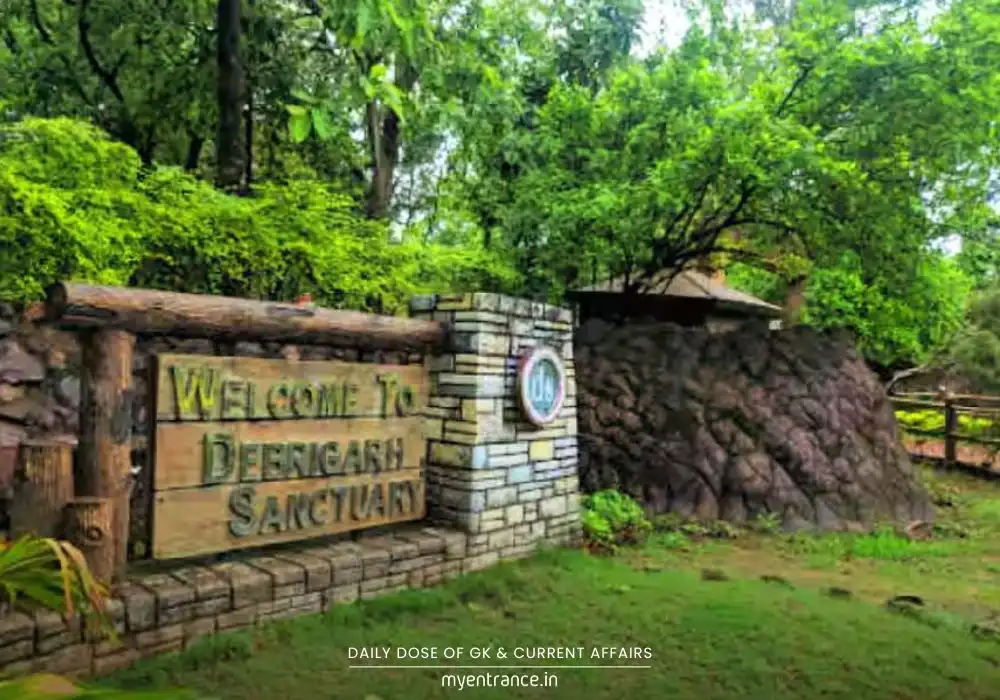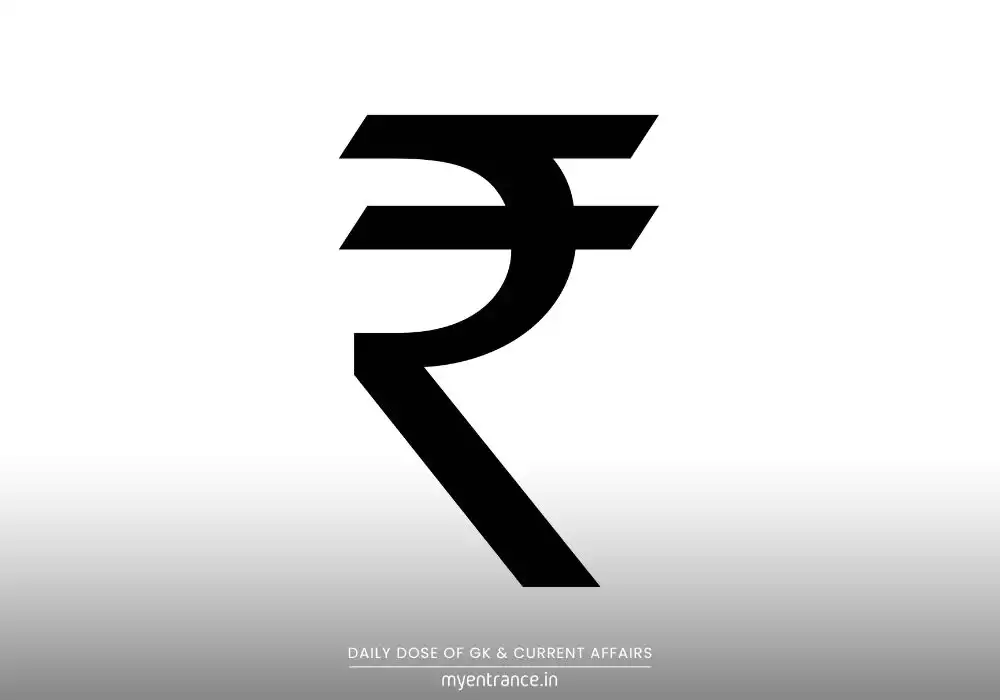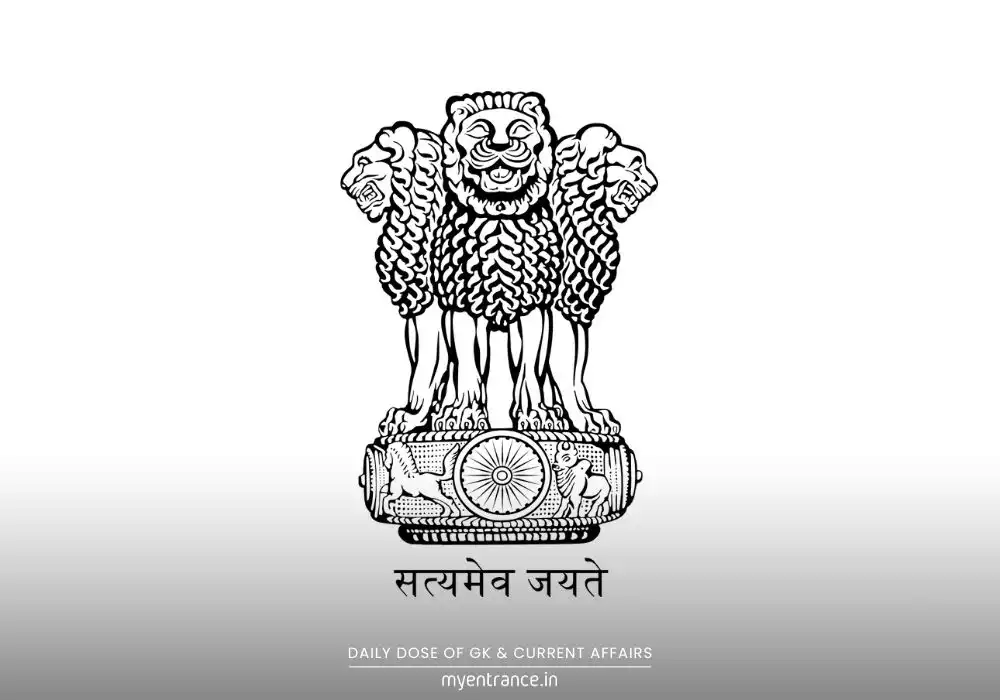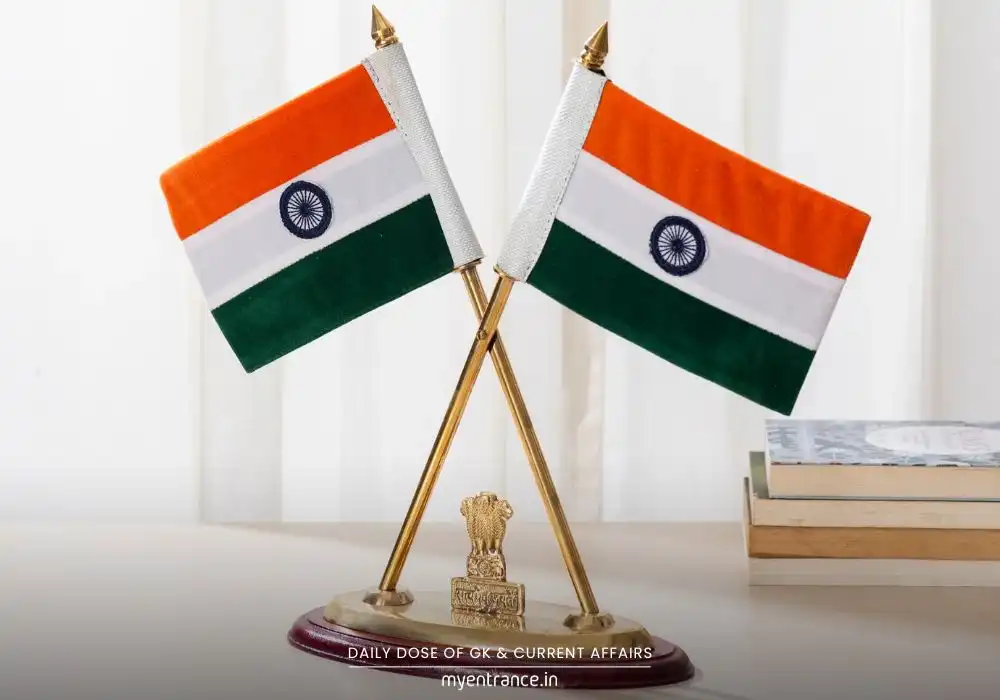Translate Language
Ladakh’s Hot Springs: A Clue to Life’s Origins on Earth & Mars?
Scientists have long debated where and how life began on Earth, with theories ranging from deep-sea vents to ancient oceans. Now, a surprising discovery in Ladakh’s Puga Valley suggests that its geothermal springs may hold crucial clues. A recent study reveals trapped biomolecules in calcium carbonate deposits, offering a fresh perspective on life’s earliest building blocks—and even implications for Mars!
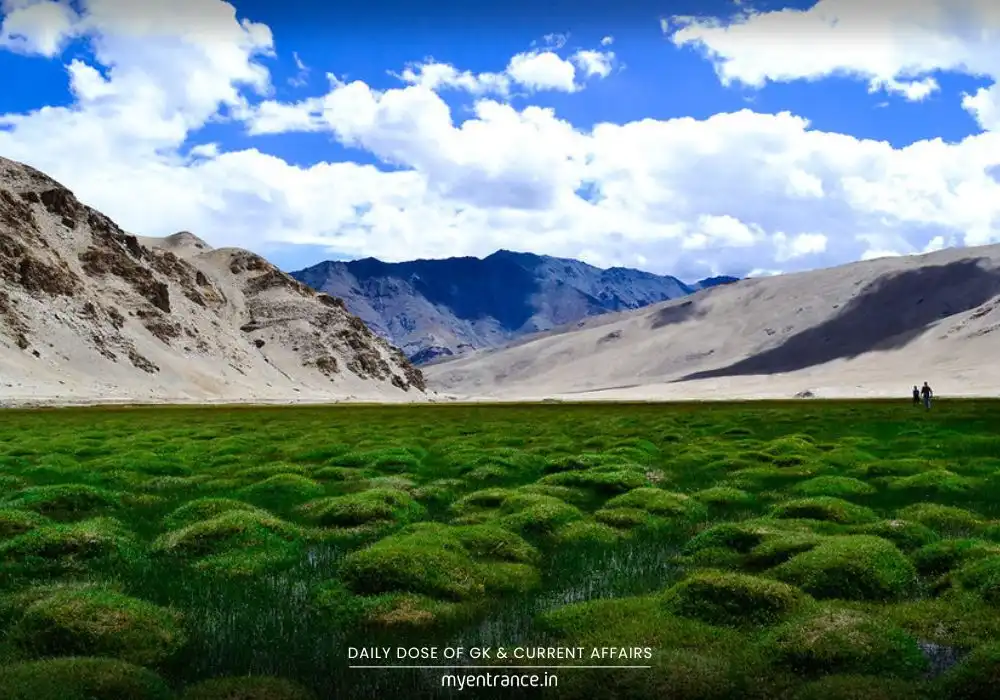
The Big Reset
Imagine an education system where rote learning dies, flexibility thrives, and preschool is as vital as Class 12. That was NEP 2020’s promise. Five years in, we’re seeing foundational shifts:
RIP 10+2: Replaced by a 4-stage “5+3+3+4” model (Foundational to Secondary).
Textbooks Reborn: NCERT’s new integrated books (e.g., single Social Science books for Classes 1-8) focus on concepts, not silos.
Pre-Primary Push: “Jaadui Pitara” kits and national ECCE curricula aim to universalize early education by 2030.
What’s Working?
Age Enforcement: States like Delhi/Karnataka now strictly enforce age-6 for Class 1. Result? 2023-24 saw Class 1 enrolments drop to 1.87 crore (from 2.16 crore), but 73% had preschool exposure.
Credit Revolution: The Academic Bank of Credits (ABC) lets students exit/re-enter education, earning certificates/diplomas/degrees flexibly.
Stuck in the Mud?
Teacher Training: Anganwadi skilling and primary teacher readiness lag.
Language Hurdles: Mother-tongue teaching until Class 5 faces implementation gaps.
Infrastructure: Many schools lack resources for experiential learning upgrades.
The Silent Game-Changer
NEP’s link to Sustainable Development Goals (SDGs) is undeniable—especially SDG 4 (quality education). Its competency-based learning directly fuels India’s human capital for 21st-century challenges.
Why This Matters for Your Exams
For SSC, UPSC, KAS, or PSC aspirants, NEP isn’t just “current affairs.” It’s a recurring theme:
Prelims: Economy/Education sections frequently test NEP’s structure, policies, and committees (like Kothari Commission).
Mains: GS Paper II demands critical analysis of NEP’s successes/failures in social sector management.
Interviews: Examiners love asking, “Is NEP fixing inequality or creating new gaps?”
Ignoring NEP updates = leaving marks on the table.
Q&A for Your Next Mock Test
Q1: How did NEP 2020 alter India’s traditional school structure?
*A1: It replaced the 10+2 system with a 5+3+3+4 model—Foundational (Age 3-8), Preparatory (8-11), Middle (11-14), and Secondary (14-18)—integrating early childhood education into formal schooling.*
Q2: What key evidence shows NEP’s impact on Class 1 enrolments?
*A2: Enforcements of age-6 cutoff reduced Class 1 enrolments to 1.87 crore (2023-24) from 2.16 crore. However, 73% of enrolled students had preschool training, highlighting ECCE’s growing reach.*
Q3: Explain how NEP promotes multidisciplinary learning in higher education.
*A3: Through the Academic Bank of Credits (ABC) and National Credit Framework (NCrF), students can accumulate digital credits across institutions, exit with certificates/diplomas, or pursue 4-year degrees with re-entry flexibility.*
Q4: Why is multilingual education under NEP facing implementation challenges?
*A4: Despite mandating mother-tongue teaching until Class 5, shortages of trained teachers and regional language resources in STEM subjects have slowed adoption, especially in Hindi and non-scheduled language states.*
Q5: How does NEP 2020 align with India’s SDG commitments?
A5: By targeting universal foundational literacy (SDG 4.1), vocational skilling (SDG 4.4), and inclusive education (SDG 4.5), NEP directly advances India’s 2030 Sustainable Development Goals.
Get 3 Months Free Access for SSC, PSC, NIFT & NID
Boost your exam prep!
Use offer code WELCOME28 to get 3 months free subscription. Start preparing today!
